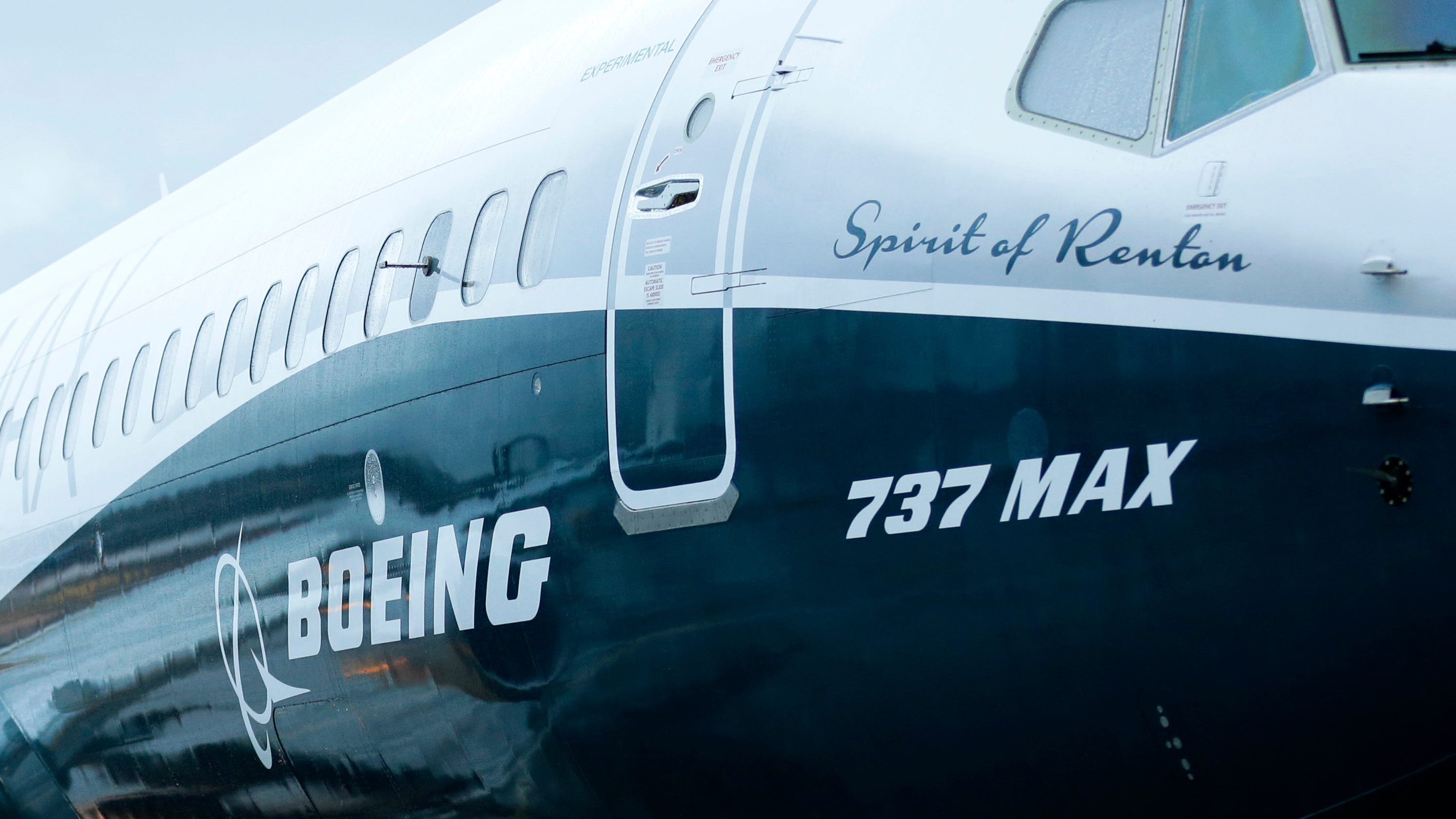First introduced in West Germany as a short-hop commuter jet in the early Cold War, the Boeing 737-100 had folding metal stairs attached to the fuselage that passengers climbed to board before airports had jetways. Ground crews hand-lifted heavy luggage into the cargo holds in those days, long before motorized belt loaders were widely available. That low-to-the-ground design was a plus in 1968, but it has proved to be a constraint that engineers modernizing the 737 have had to work around ever since. The compromises required to push forward a more fuel-efficient version of the plane — with larger engines and altered aerodynamics — led to the complex flight control software system that is now under investigation in two fatal crashes over the last five months.
But the decision to continue modernizing the jet, rather than starting at some point with a clean design, resulted in engineering challenges that created unforeseen risks. “Boeing has to sit down and ask itself how long they can keep updating this airplane," said Douglas Moss, an instructor at USC's Viterbi Aviation Safety and Security Program, a former United Airlines captain, an attorney and a former Air Force test pilot. "We are getting to the point where legacy features are such a drag on the airplane that we have to go to a clean-sheet airplane." Few, if any, complex products designed in the 1960s are still manufactured today. The IBM 360 mainframe computer was put out to pasture decades ago. The Apollo spacecraft is revered history. The Buick Electra 225 is long gone. And Western Electric dial telephones are seen only in classic movies.
Credits:
https://www.latimes.com/local/california/la-fi-boeing-max-design-20190315-story.html

No comments:
Post a Comment